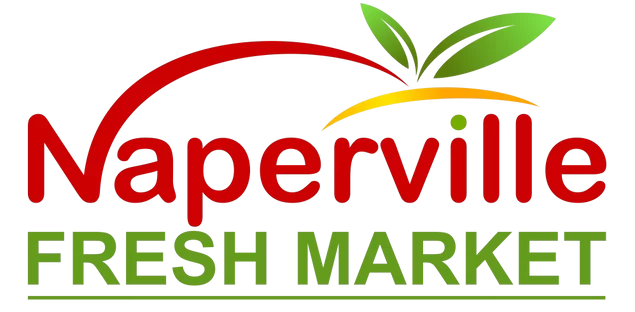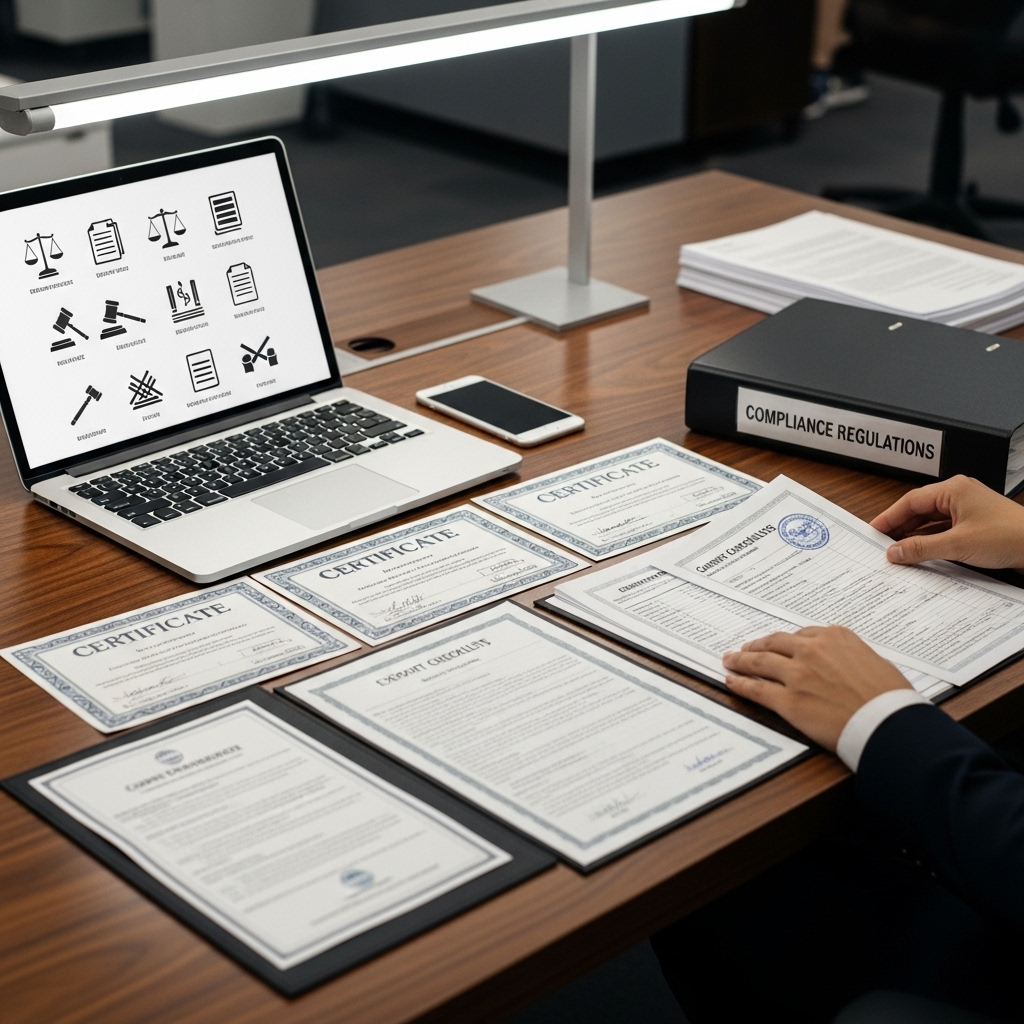Compliance is not a back-office chore—it is the foundation of reliable international growth for Illinois companies. From export controls to labeling, every requirement connects to speed, margin, and reputation. A clear checklist streamlines execution so sales momentum never outruns governance. As you set up your program, it helps to review practical product categories and documentation examples—resources akin to keyword can spark internal alignment on specifications and labeling details before you ship.
Corporate and Tax Readiness
Confirm your legal structure and governance. Decide which entity will contract with foreign customers and partners. Align with finance on tax implications, including VAT/GST registration if you hold inventory or have a taxable presence. Establish a decision matrix for when to use your U.S. entity versus a foreign subsidiary or distributor model.
- Board authorization for international activities and bank accounts.
- Clear signing authority and delegated limits for quotes, discounts, and contracts.
- Tax guidance on permanent establishment risk and indirect taxes.
Export Controls and Sanctions
Classify your products accurately and determine if licenses are needed. Screen all parties—customers, end users, banks, and vessels—against applicable sanctions lists. Document end-use and end-user statements for higher-risk categories. Maintain a watchlist review process for new inquiries from sensitive geographies.
- Product classification, including HS codes and any export control numbers.
- Restricted party screening at quote and pre-shipment stages.
- License tracking with renewal reminders and usage logs.
Customs and Trade Documentation
Correct paperwork speeds clearance and reduces fines. Standard documents include commercial invoices, packing lists, certificates of origin, and transport documents. Align Incoterms with operational reality and ensure descriptions match tariff codes. Keep records for the statutory period and prepare for potential audits with a simple document index.
- Incoterms selection and training for sales and logistics teams.
- Consistent product descriptions and quantities across all documents.
- Proof of export and origin documentation stored centrally.
Product Standards and Labeling
Identify required certifications and marks for target markets. Verify labeling rules for language, content, safety warnings, and traceability. For food and consumer goods, review ingredient disclosures, allergens, and shelf-life dating. For industrial goods, confirm voltage, safety guards, and manuals meet local standards.
- Gap analysis versus required standards and a remediation plan.
- Validation of packaging durability through pilot shipments.
- Localized manuals and safety data sheets where required.
Contracts and IP Protection
Use contracts tailored for cross-border commerce. Include governing law, arbitration venue, IP ownership, confidentiality, non-circumvention, and performance obligations. For distributors, specify territories, exclusivity (if any), minimums, marketing commitments, service levels, and audit rights. Register trademarks in priority markets and plan for proactive monitoring.
Payments, Currency, and Collections
Define acceptable payment methods, terms, and credit limits. Establish invoice templates with currency, tax treatment, and bank details. Decide on FX management policies and quote validity periods. Align collections processes and escalation paths to protect cash flow while maintaining relationships.
Logistics, Insurance, and Returns
Vet freight forwarders and customs brokers. Confirm cargo insurance coverage, including war and strikes where relevant. Document responsibility for returns and defective goods under your chosen Incoterms. Create a returns authorization flow that accounts for duties and re-importation rules.
- Approved carrier and broker list with contacts and service levels.
- Insurance certificates and claim procedures on file.
- RMA process that clarifies who pays freight and duties on returns.
Data Privacy and Cybersecurity
Map what personal data you collect and where it flows. Implement appropriate consent, retention, and breach response procedures aligned to target-market rules. Secure systems used by partners who access your portals or shared repositories. Train staff on phishing and secure handling of customer data.
Ethics, Anti-Bribery, and Training
Adopt a clear code of conduct and anti-bribery policy. Train employees and partners on acceptable behavior, gifts, and facilitation payments. Establish a speak-up channel and document investigations. Incorporate these commitments into distributor and agent agreements.
Operational Readiness and Quality
Align quality management with international expectations. Run packaging tests, confirm spare parts inventory, and set service response times for target time zones. Prepare a knowledge base and quick-start guides for common issues to reduce support queue times.
Sales Enablement and Marketing Claims
Ensure marketing claims are truthful in each jurisdiction. Substantiate performance statements and avoid unauthorized endorsements. Translate claims accurately and maintain a library of approved messages for partners. Track where materials are used and update them when standards change.
Audit Trail and Continuous Improvement
Build a simple compliance dashboard: export screenings performed, licenses used, on-time filings, and training completion rates. Conduct quarterly reviews to close gaps and refresh training. Keep an incident log and capture lessons learned to strengthen processes.
Mid-Cycle Compliance Check
At the midpoint of your first export year, run a structured review. Confirm that screenings are documented, certificates remain valid, and partners meet obligations. If issues arise, pause expansion until mitigations are in place. Revisit labeling and packaging with field feedback, drawing on category examples—similar to keyword—to ensure clarity and compliance without overcomplication.
Frequently Asked Questions
Q: Do small Illinois businesses really need a formal compliance program?
A: Yes. A lightweight checklist with documented screenings, accurate classifications, and clear contracts prevents delays and penalties.
Q: How often should we re-check restricted party lists?
A: At quote creation and again before shipment. Re-screen when payment details or counterparties change.
Q: Who should own export compliance?
A: Assign a single owner—often operations or finance—with clear escalation to legal or external experts as needed.
Q: What documents must we keep, and for how long?
A: Keep quotes, invoices, transport documents, certificates, and licenses for the statutory period required by applicable laws.
Q: How can we reduce customs delays?
A: Use consistent product descriptions, correct HS codes, and complete documentation. Build relationships with reliable brokers.
Q: When do we need local-language labels?
A: When required by national or regional rules. Verify for each target market and product category before printing.
Q: How do we protect our brand abroad?
A: Register trademarks early, include IP clauses in contracts, and monitor channels to deter unauthorized resellers.
Q: What training is essential for sales teams?
A: Basics of Incoterms, document accuracy, restricted party screening, and how to avoid making non-compliant promises.
Put Compliance to Work for Growth
A disciplined checklist transforms compliance from a hurdle into a competitive advantage. Document core processes, train teams, and audit regularly. As your products and packaging evolve for new markets, keep alignment tight by referencing clear category examples like keyword, then move confidently toward faster clears, stronger partnerships, and repeat international business.

